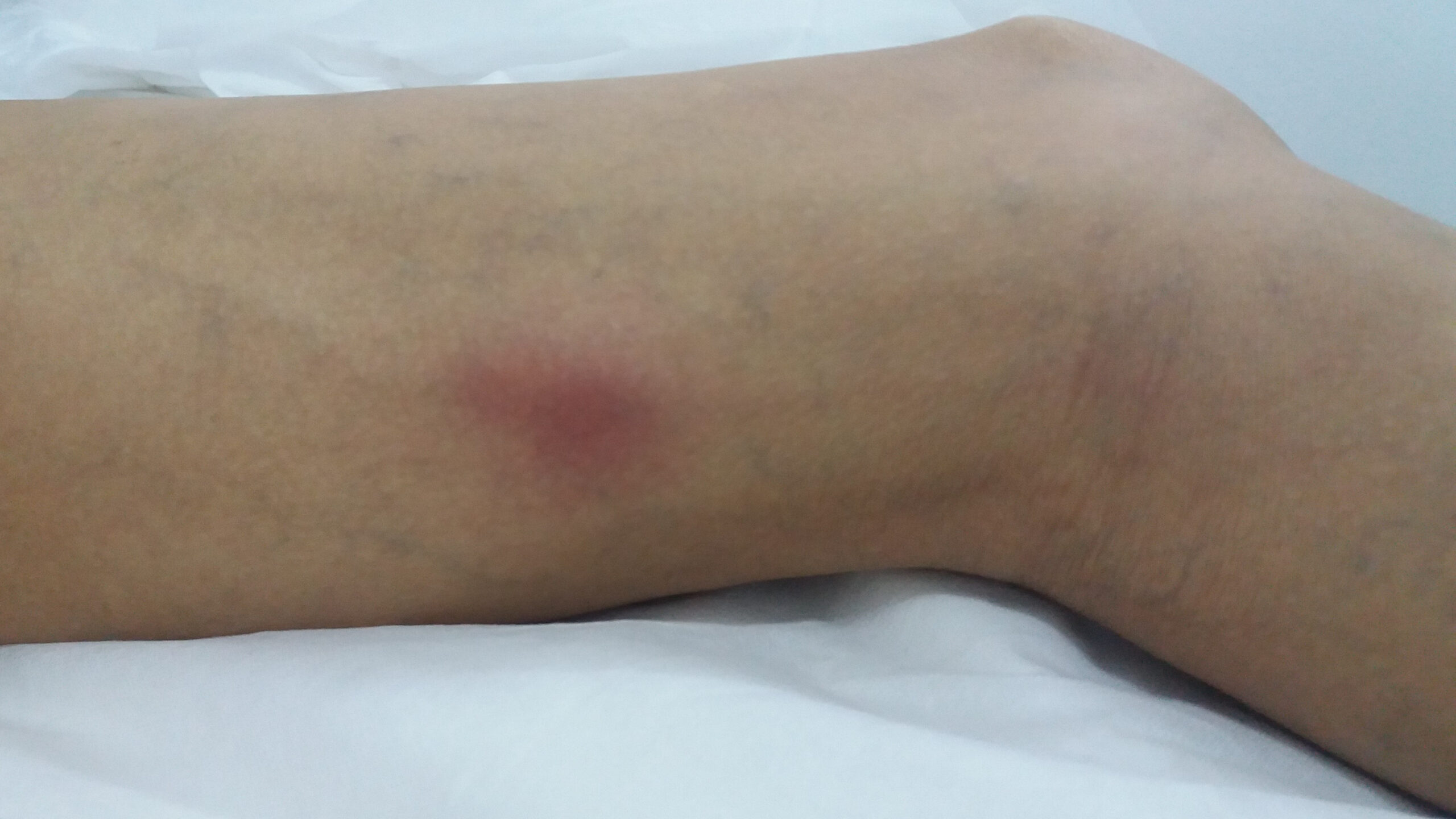
Most people have heard about deep vein thrombosis (DVT), however, superficial vein thrombosis (SVT) is a similar condition that occurs due to obstruction of a vein by a blood clot. Although SVT is less harmful than DVT, it can cause life-threatening problems if left untreated. If you need treatment for this condition, a vein specialist in Lakewood Ranch can help.
What is superficial vein thrombosis?
Superficial vein thrombosis or Phlebitis is the formation of a blood clot near the body surface. These veins can form in your arms or legs. But, in most cases, they occur in the lower limb. It can cause inflammation, swelling, and the pain spreads to the entire leg.
If left untreated, clots form in the vein and can migrate to the lungs. It increases the risk of pulmonary embolism, which can be fatal.
Who is at risk of superficial vein thrombosis?
The diagnosis does not manifest itself as a clinical sign. However, people who see their movement reduced are at a higher risk of SVT. If you are bedridden due to illness, accident, or paralysis, you are at a greater risk.
If you have a bleeding disorder because of ailments such as cancer, you are at risk of a blood clot. Additionally, certain groups of people are at a higher risk than others, for instance, the elderly women taking estrogen pills, cardiac arrest patients, and smokers. If you have had a chronic inflammatory illness such as lupus, your chances are high.
Symptoms of superficial vein thrombosis
Superficial Phlebitis can cause redness of the skin above the vein. You will feel a sensation and pain on the skin. The area around the blocked vein may feel hard to touch. Depending on where the clot is located, you may feel a sharp pain in the thigh, arm, or calf.
Some people report numbness, tight skin, and a blue tint in the skin. In extreme cases, it can lead to a lack of breath and loss of consciousness.
Complications of SVT can be severe and the main being embolism, which is potentially fatal. This explains why you need to see a doctor who will apply different procedures to eliminate the clot from the vein’s wall. A pulmonary embolism requires emergency hospitalization.
Diagnosis and treatment
The diagnosis of SVT depends on a physical examination at Florida Lakes Vein Center. The team lead by TC Lackey II, DO and Adam Phillips DO prescribes a radiological assessment of the veins. Sometimes your specialist will order a blood test or a D-dimers test to rule out the risk of Phlebitis.
The doctor may prescribe daily injections to prevent clotting alongside oral medication. Also, your doctor will recommend compression stockings for two years. Since the risk factors are known, preventive measures are critical in promoting blood circulation. Walking and light exercises promote blood circulation in your veins and prevent the formation of clots.
Depending on the location and obstruction, it is vital to seek medical help for superficial vein thrombosis without delay. Book an appointment with a vein specialist at Florida Lakes Vein Center to learn about the treatment options for superficial vein thrombosis.
